
Why Is Fruit in Japan So Expensive?
Visit any Japanese supermarket and you’ll find exquisite-looking fruits that come with exorbitant price tags. Why are these Japanese fruits so costly?! Read on to find out why many fruits are so expensive in Japan, gather insight on some examples of Japanese premium fruits, and even learn about where to buy fruits in Japan if you’re on a budget.
This post may contain affiliate links. If you buy through them, we may earn a commission at no additional cost to you.
Our Top Tips
JR Pass for Whole Japan
Explore Japan in the most convenient and economical way with a Japan Rail Pass! It is valid for the majority of railways and local buses operated by JR.
Why is Japanese Fruit So Expensive?
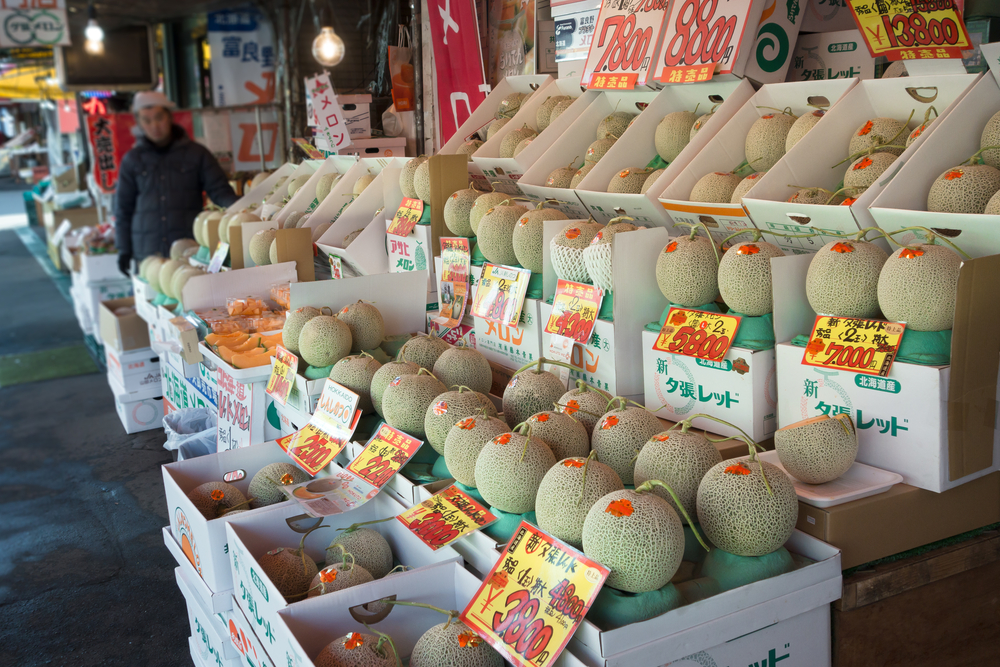
tkyszk / Shutterstock.com
A Farmer’s Dedication
To start with, many local farmers are proud of their prefecture and thus, are motivated to grow magnificent fruits that will do their hometown proud. It is not uncommon for them to channel all their resources into growing just one fruit on a plot of land and tend to all its needs carefully as if nurturing a child. This suggests that this exclusive fruit will be sold at a premium price as a way to reward the farmers for all their hard work.
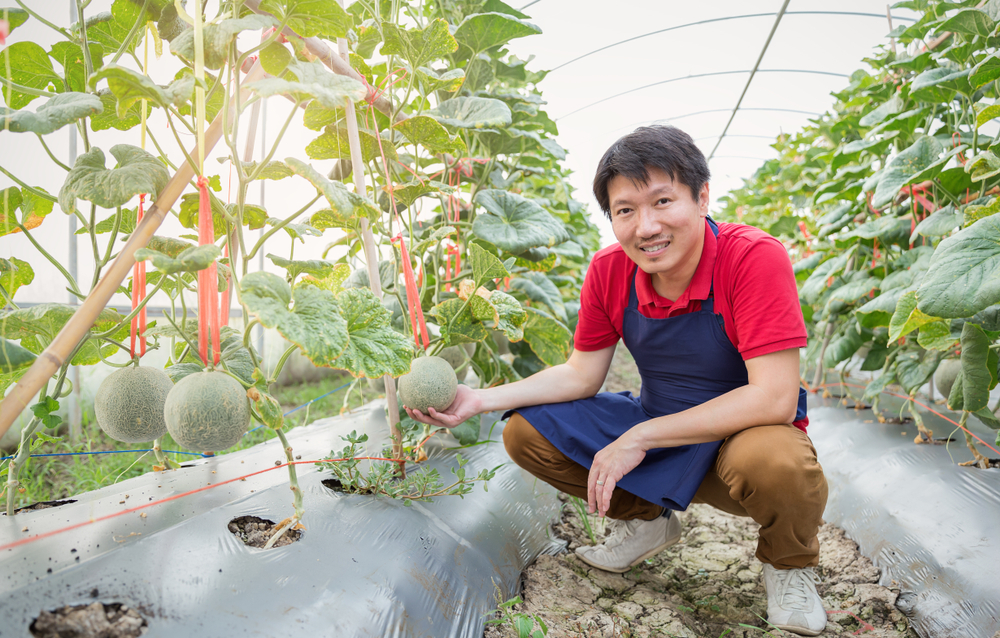
paulaphoto / Shutterstock.com
Seasonal Availability
Secondly, some fruits are seasonal in nature. Watermelons and other melons are commonly associated with summer whereas strawberries and apples are winter fruits. Since these fruits are not readily found all year round, they can fetch high prices as avid fruit lovers will eagerly snap them up once they can purchase them in supermarkets and department stores.
Association With Luxury
In addition, fruits are akin to luxury gifts in Japan, as people who wish to express their heartfelt gratitude will often offer them as presents to their relatives and business partners. As such, Japanese farmers are often keen to grow premium fruits so as to benefit from this cultural norm. To understand this custom better, look no further than Doctor X, a popular medical drama series. The main character is a freelance surgeon who never fails to perform complicated surgeries successfully. Her manager will then present the hospital director a luscious-looking melon—together with an invoice—after each surgery.
3 Premium Japanese Fruits You Should Try
1. Japanese Melons

nutua / Shutterstock.com
Japanese farmers’ ingenuity and creativity truly shine here as they grow watermelons that come in many fancy shapes and sizes. Have you ever seen captivating pictures of square watermelons on social media? These are called Zentsuji watermelons as they are cultivated in Zentsuji City in Kagawa. One such visually appealing cube-shaped melon can fetch a price of around 10,000 JPY!
Besides square ones, watermelons also come in the form of hearts, which will make for a quirky and sweet gift if you wish to pledge your love to a special someone, bound to take his or her breath away and put a dent in your wallet! Remember to budget around 20,000 JPY for a mini heart-shaped watermelon, or if you are feeling particularly generous, 35,000 JPY for a large heart-shaped watermelon.
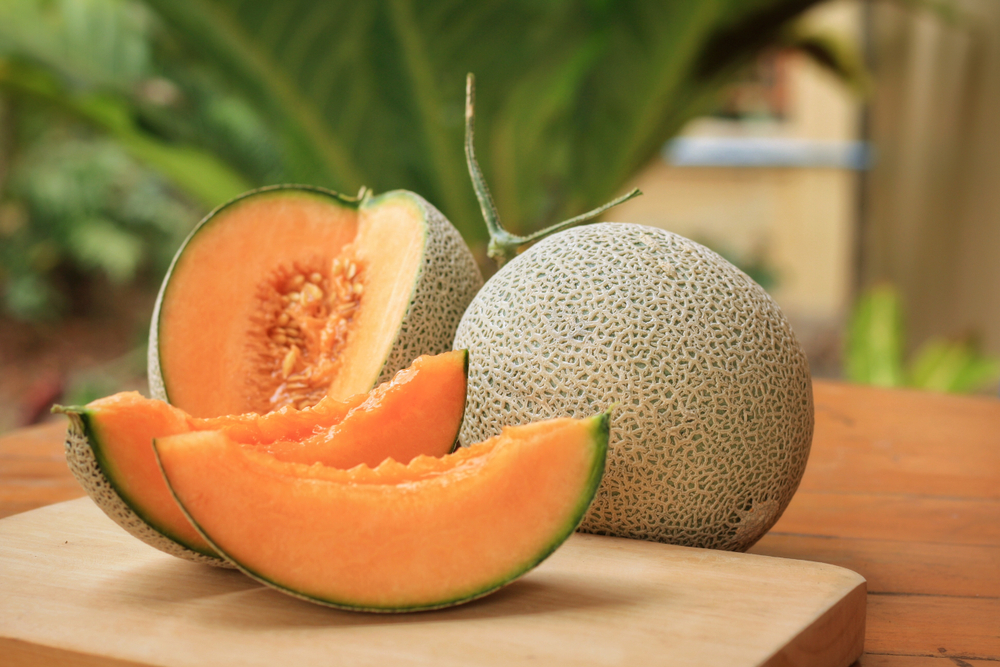
Kotcha K / Shutterstock.com
Another famous melon is the Yubari melon hailing from Yubari in Hokkaido. Widely considered to be among the sweetest fruits in Japan, these juicy melons tantalize all your five senses with their inviting orange flesh, melt-in-your-mouth texture and sweet aroma. They are of such superb quality that Japan granted them a special status known as geographical indication. This means that people who use the brand name of Yubari melons without permission could face stiff penalties.
Yubari melons are also widely known for their extravagant prices. Case in point: two melons were sold at an auction in Hokkaido at a whopping five million JPY in 2019!
2. Muscat And Ruby Roman Grapes
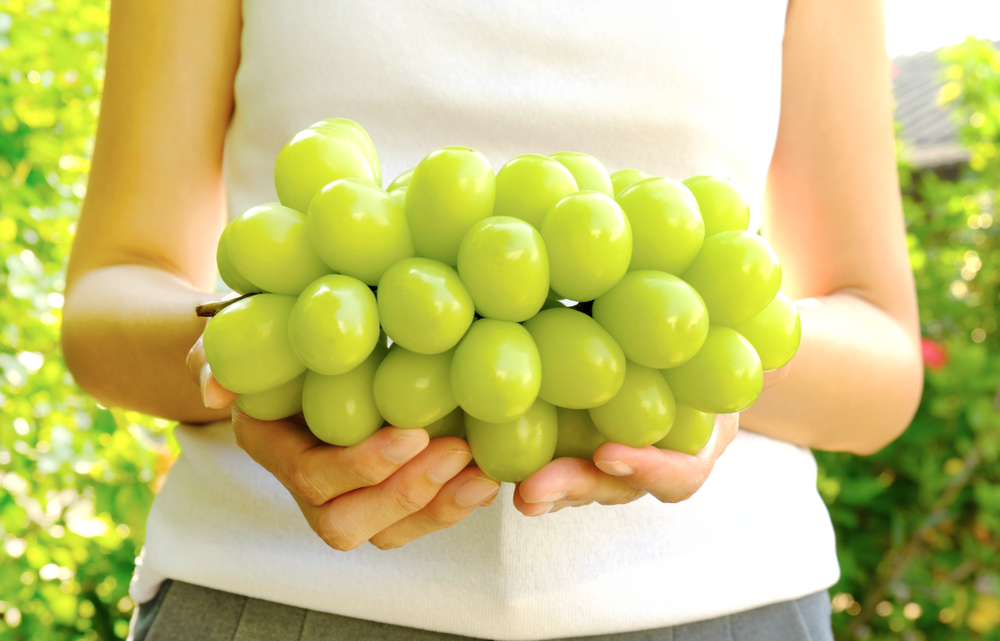
Flowersandtraveling / Shutterstock.com
Oh, grapes. Bursts of heavenly sweetness that pop in your mouth. Different prefectures in Japan are known for different kinds of grapes. For instance, Okayama, known as the “Land of Sunshine,” is blessed with lots of sunny days, which makes it conducive for the growth of “shine muscat” grapes.
Not only do they wow you with their flawless jade-like appearance, but they also gift you a sensational savory experience. Their edible skin and seedless interior mean that you can just pop them into your mouth and focus on the candy-like sweetness that delights your tastebuds. One kilogram of these grapes can cost up to 10,000 JPY!
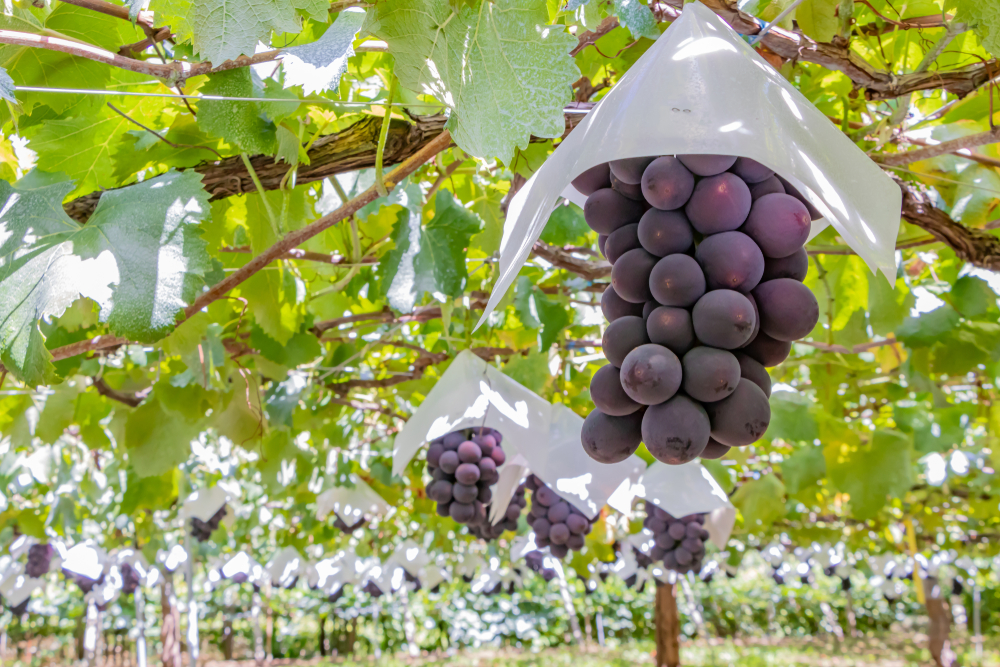
Princess_Anmitsu / Shutterstock.com
If you have a weakness for grapes and are willing to pay more to indulge in the best, you must not miss the Ruby Roman grapes that are grown only in Ishikawa. These Ruby Roman grapes are so highly sought after that one single grape can cost up to 2,500 JPY, making them the most costly grapes in the world! Even a single Ruby Roman grape that is of a lower grape will cost you approximately 500 JPY. But since they boast the size of table tennis balls and high sugar content of about 18%, they yield a value-for-money experience that cannot be easily replicated elsewhere.
3. Japanese Strawberries
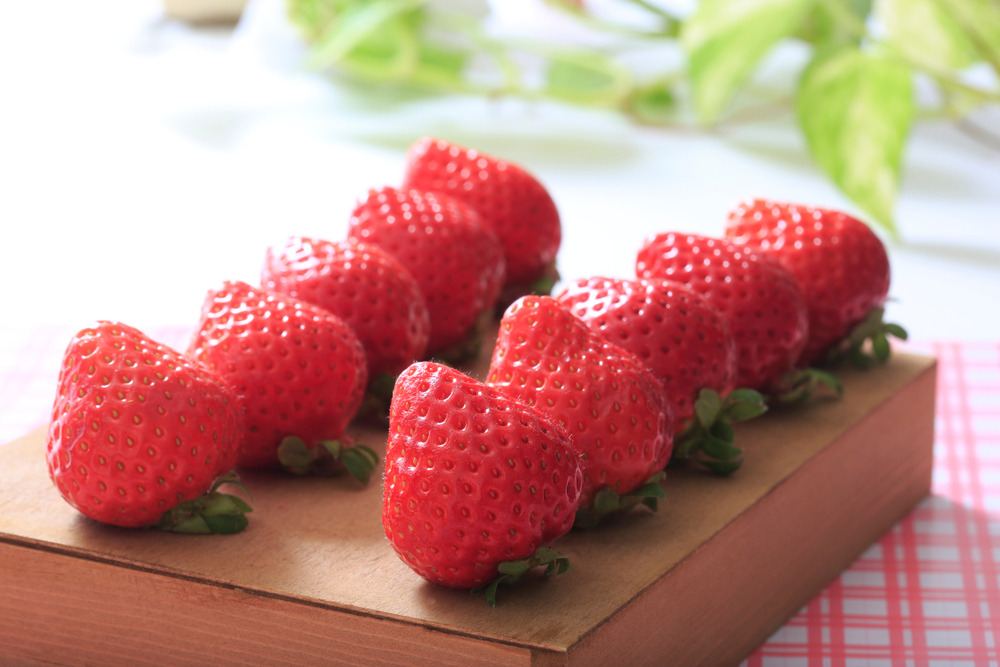
KOHUKU / Shutterstock.com
Besides Japanese melons and grapes, another fruit that captures the hearts and minds of Japanese consumers is the Japanese strawberry. As new varieties are often cultivated and stand out from other brands in unique ways, it is a fun experience sampling several kinds of strawberries. If you are going for size, try out Amao strawberries, which are grown in Fukuoka and are normally sold for 1,000 JPY per kilogram. Extremely juicy and refreshing, they are four to five times the size of ordinary strawberries, which makes them a pleasure to munch on.

D. Pimborough / Shutterstock.com
On the other hand, white Hatsukoi no Kaori strawberries which are grown in Yamanashi will definitely pique your curiosity and make you raise your eyebrows in surprise. Perhaps this is why they are given the romantic name “Hatsukoi no Kaori” (Scent of First Love) – they sure do make an impression. Be sure to savor the sublime taste too, as one such strawberry usually costs about 1,000 JPY!
2 Ways To Buy Premium Fruits
Now that you have read so much about devilishly delicious fruits in Japan, you must be raring to splurge on some of them and give your palate a memorable treat. Here are two ways in which you can get hold of such premium fruits.
1. Visit Specialty Fruit Stores
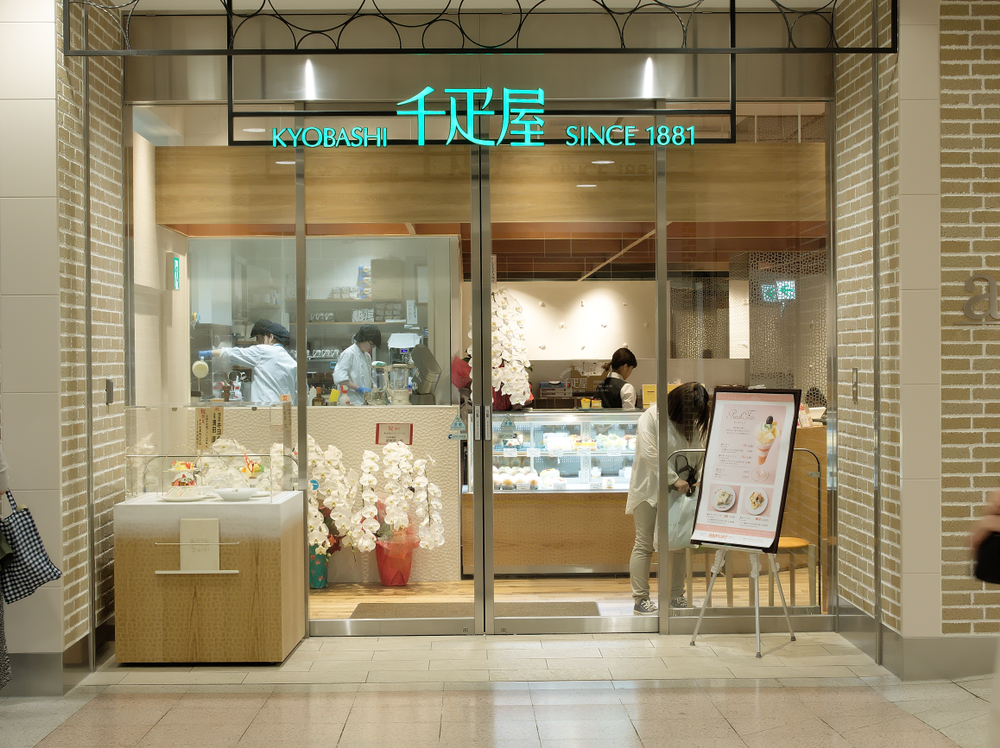
If you wish to experience how premium fruits are displayed like fine jewelry, you should not miss Sembikiya. Founded in 1834, Semibikya is one of Japan’s leading fruit stores and certainly one of the best-loved. It boasts an extensive network of 17 stores mostly concentrated in Tokyo and Yokohama, including its flagship store in Nihonbashi Mitsui Tower.
Each fruit is prominently displayed and given enough space to reflect the soft lighting and cast a spell on your senses (and purse strings). These luxurious fruits cost a pretty penny – even a single apple can retail for 1,620 JPY. It is truly a masterful showcase of the best and finest fruits Japan has to offer.
2. Visit High-End Department Stores

EQRoy / Shutterstock.com
Similarly, if you patronize high-end department stores in the upscale shopping districts of Ginza, Shinjuku, and Shibuya, make your way down to the supermarkets often located on the basement floors of these malls and be greeted by the sight of rows and rows of perfect-looking fruits. You should definitely not miss Ginza Mitsukoshi, Shinjuku Takashimaya, or Isetan Shinjuku.
3 Ways To Eat Cheaper Fruits
If you wish to consume delicious Japanese fruits but don’t really have the budget for it, fret not! Here are three ways in which you can gain a cool experience while tucking into fruits at the same time. Indeed, you can kill two birds with one stone!
1. Work On A Farm
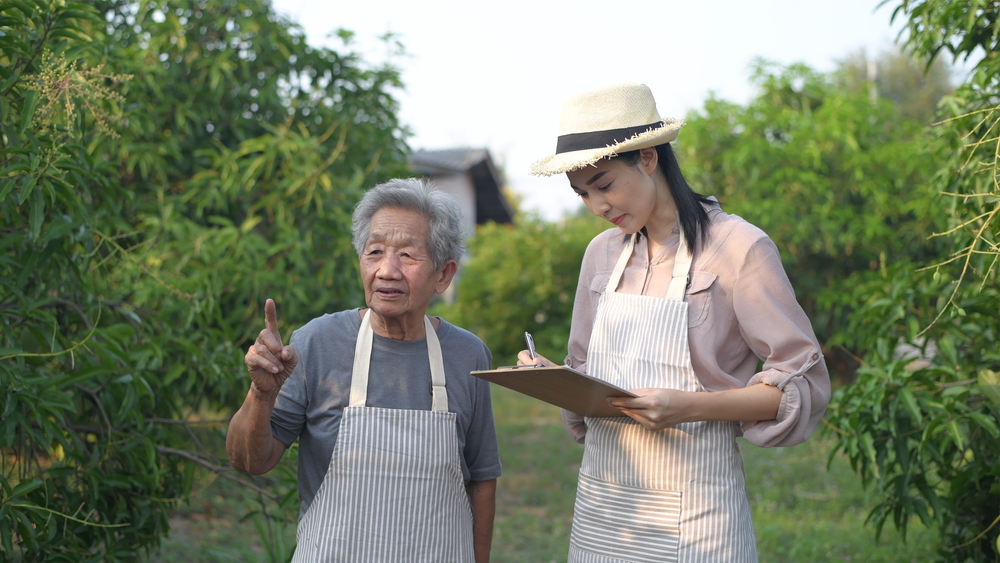
Sellwell / Shutterstock.com
Interested to work directly with Japanese farmers and learn how they pour their heart and soul into cultivating their fruits? Why not sign up for WWOOF Japan (World-Wide Opportunities On Organic Farms, a program where you can volunteer your services at a farm and receive free food and lodging in return? Obtaining a chance to work at a fruit farm not only allows you to eat your favorite fruit but can also enable you to pick up authentic insights about the farming process. Since you work so hard to grow these fruits, you will experience double the joy when you indulge in them.
2. Join a Fruit-Picking Session
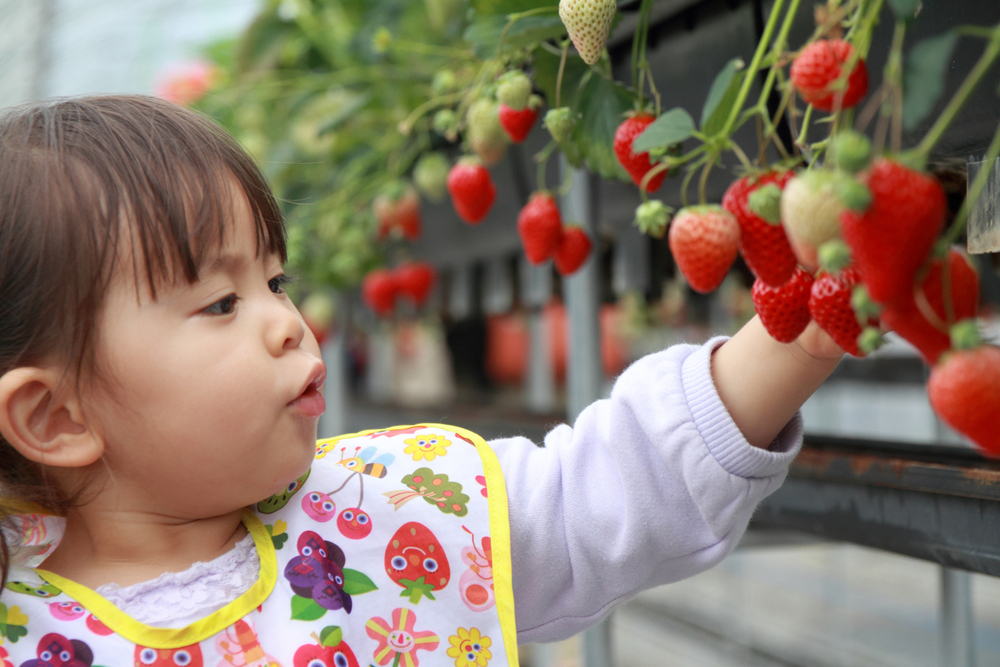
ziggy_mars / Shutterstock.com
You may not be ready to work on a farm, but that’s okay. This is because when the fruits are in season, many farmers will organize fruit picking sessions at their farms. Thus, you can sign up for all-you-can-eat packages and chomp on fruits to your heart’s content after picking them. Talk about enjoying the fruits of your labors, literally! In fact, some farms will even allow you to bring home fruits as souvenirs. It is certainly an experience that pays much dividends, as your consumption is only limited by your eating capacity!
3. Shop At Farmers’ Markets
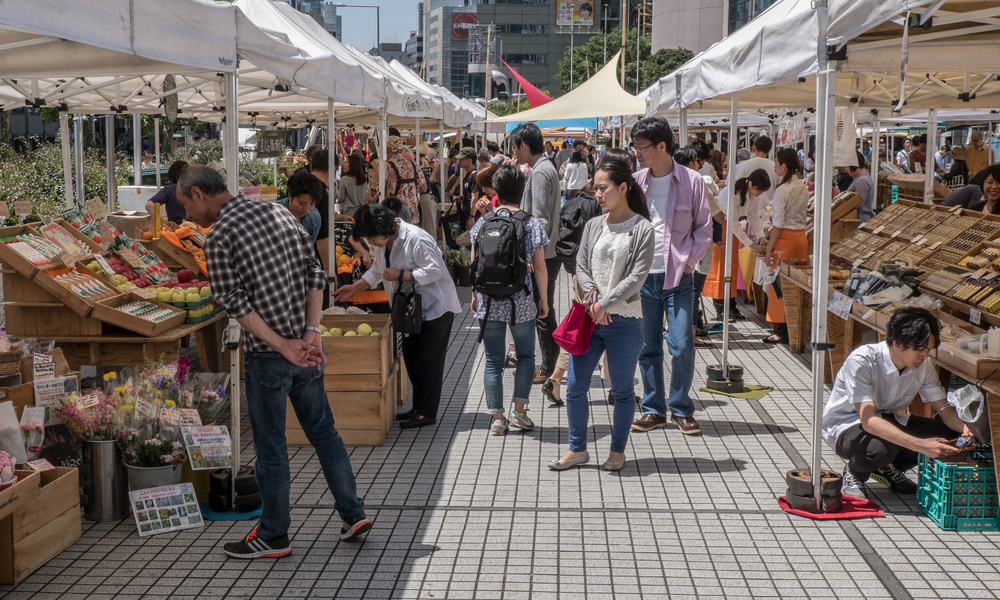
MAHATHIR MOHD YASIN / Shutterstock.com
Farmers will also organize farmers’ markets during weekends by setting up booths and allowing visitors to purchase fruits directly. This is where some farmers will clear their stock of blemished fruit by selling them at a bargain. If you want to relish the sweetness of these fruits and are not too concerned about appearances, here’s your chance to enjoy high-quality fruits without busting your wallet. So head out to these popular farmers’ markets in Tokyo such as Roppongi Ark Hills Marche, Farmers’ Market at the United Nations University, and Ebisu Marche.
Closing Thoughts
Now that you have gained a deeper understanding of why certain fruits cost an arm and a leg in Japan, aren’t you impressed with Japanese farmers’ tireless and painstaking efforts to cultivate them? The next time you come across such expensive fruits, remember to take a moment to appreciate all the hard work that has gone into growing them.
Title image credit: JudeAnd / Shutterstock.com
Our Top Tips
Japan Shinkansen, Narita Express (N'EX) & Express Train Tickets
Plan ahead by booking your shinkansen, airport train, and express train tickets online in English. Have the tickets sent to you by mail or collect them at the station once you're in Japan.
If you want to give feedback on any of our articles, you have an idea that you'd really like to see come to life, or you just have a question on Japan, hit us up on our Facebook, Twitter, or Instagram!
The information in this article is accurate at the time of publication.


